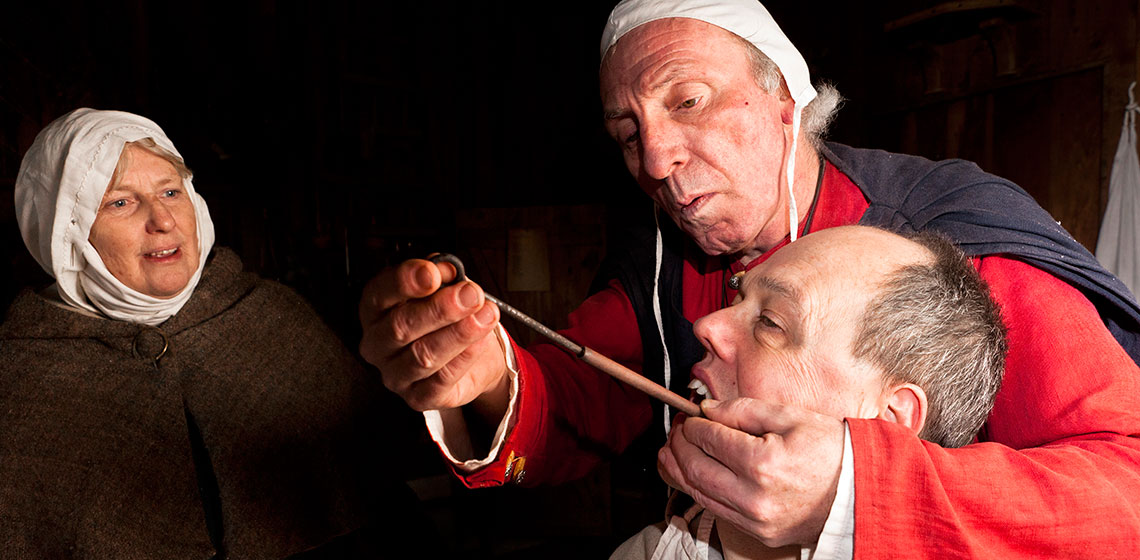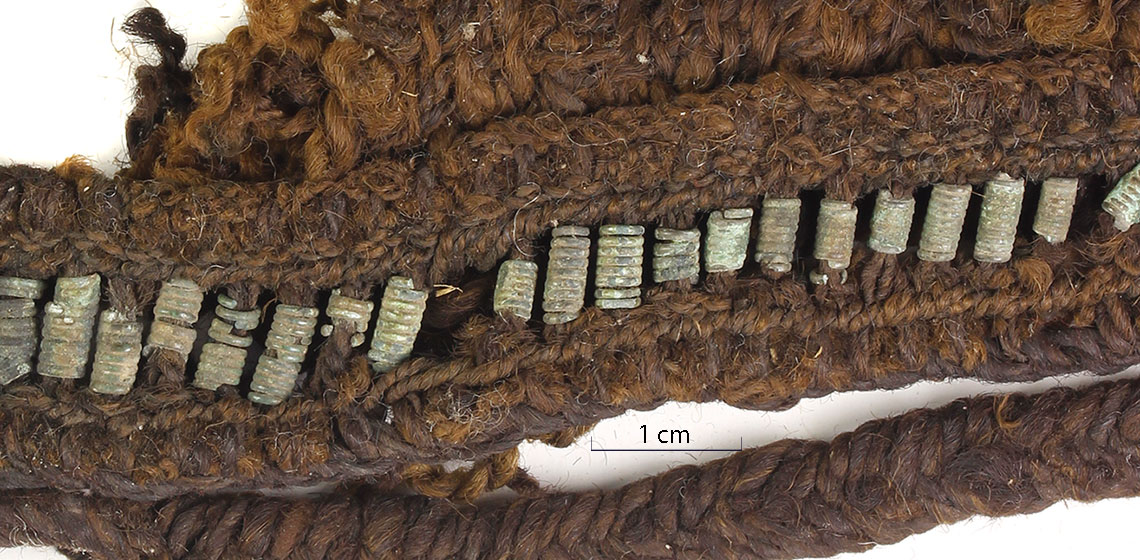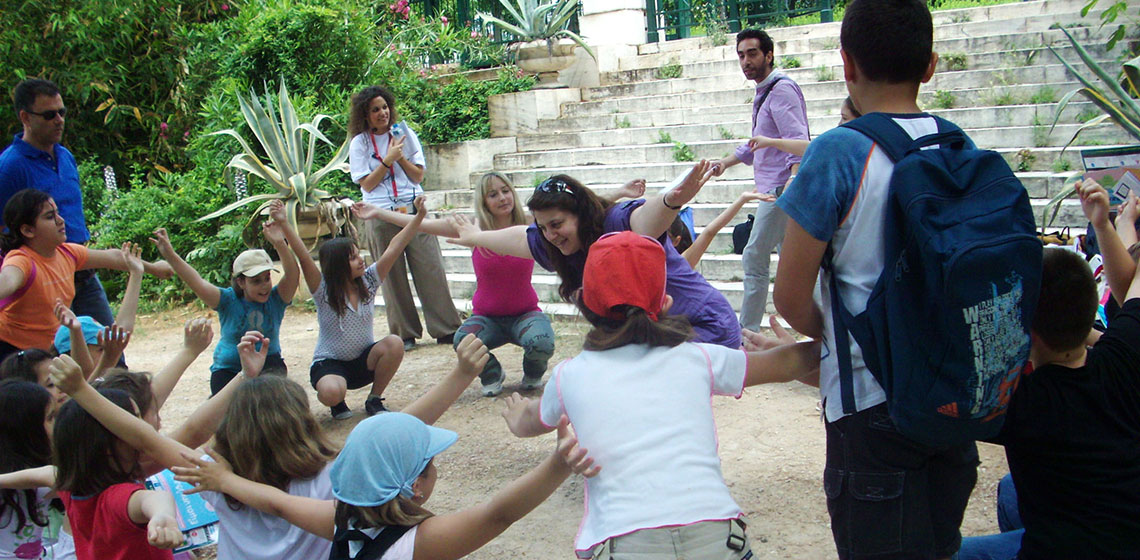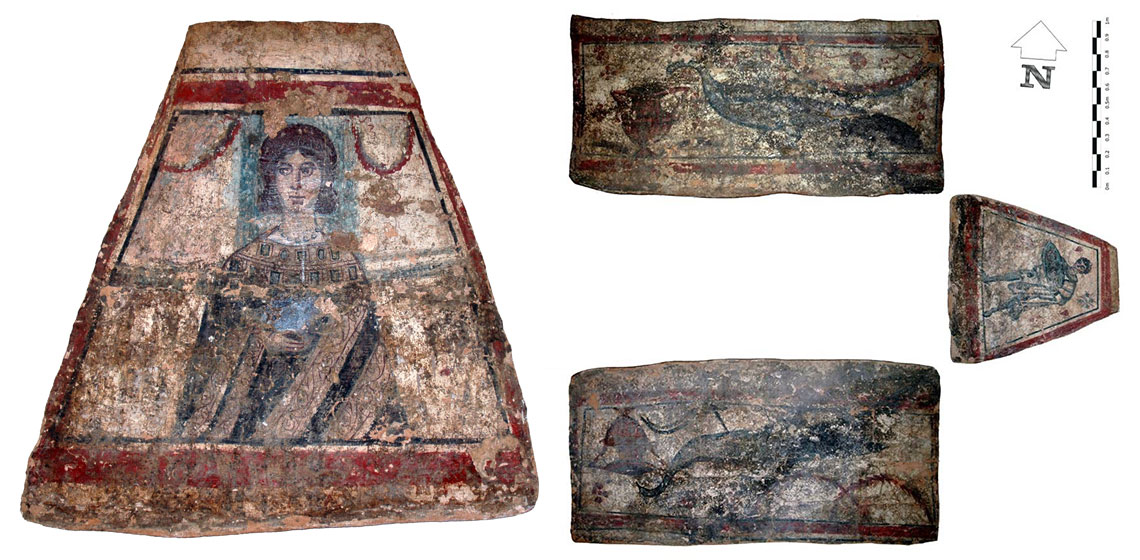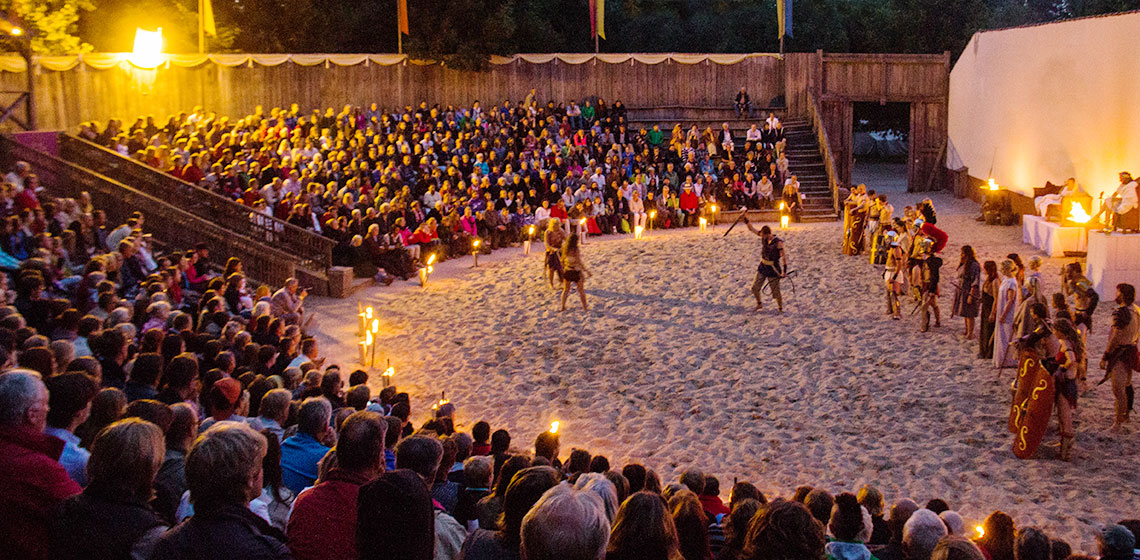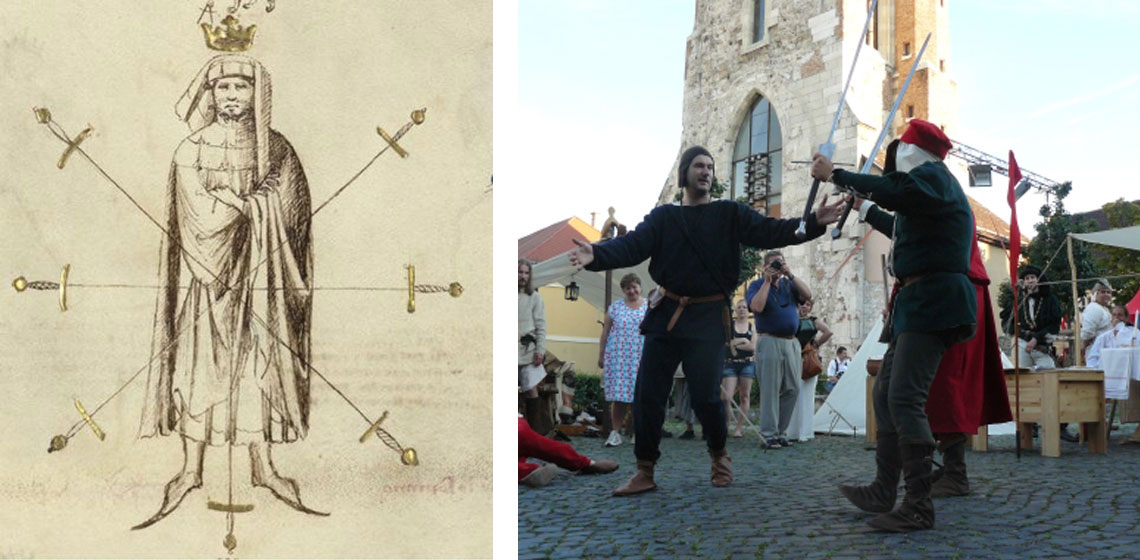Interpretation
A Broken Leg in the Year 1350: Treatment and Prognosis
Spiral Tube Decorations: a Thousand Years of Tradition
The Value of Experience: Lessons from a Study of Reenactment
What Does Your Visitor Experience? Making the Most of Live Interpretation in a Unique Setting
***Archaeological Open-Air Museums (AOAM) offer a unique setting in which live interpretation can make history come truly alive. For many, or perhaps all, AOAM history is the product being sold to the public. During the five years the OpenArch project has run the partners have spent many hours discussing the...
Museum Theatre in Greece: Perspectives in Site Interpretation
Introduction
Museum theatre as an umbrella-term is used to describe a variety of performative events aimed to interpret fragments of cultural heritage. In the framework of one of the main challenges contemporary museums face, that of having a social impact while dealing with heritage, whom values and narratives can always be “contested and disputed” (Smith 2011, 70), museum theatre has proved that not only can it enforce a constructivist approach in a museum environment but it can also generate debate and promote critical thinking on controversial issues (Farthing 2010).
Putting on a Show - The How and Why of Historical Shows and Theatre in a Historical Setting or Theme-park
Kantonales Museum für Urgeschichte(n) Zug (CH)
The museum conserves, analyses and imparts knowledge about the archaeological finds of the Canton of Zug dating from the Paleolithic to the Early Middle Ages.
The museum conserves, analyses and imparts knowledge about the archaeological finds of the Canton of Zug dating from the Paleolithic to the Early Middle Ages...
